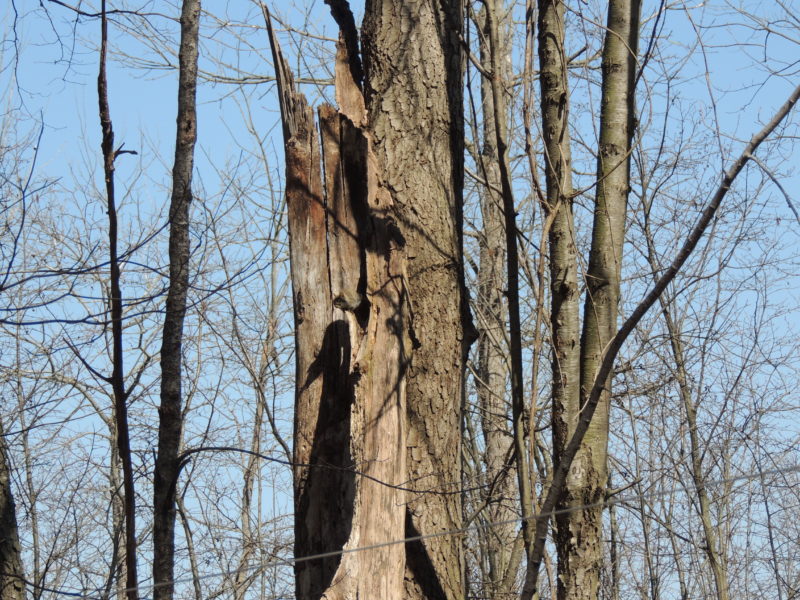FOR TEACHERS
Hello Teachers!
For many years, we have been able to make the learning process exciting, fun, and relevant. Our biologist, Joe Rogers, often ties in fascinating science concepts with the live birds, and encourages students to get more involved in learning about nature and science. We hope to extend that atmosphere of motivation to post-classroom visits by offering interesting extensions to our initial “Michigan’s Live Birds of Prey” program. The following are some ideas and connections that we hope will help teachers as well as students to extend the lessons we bring to students. This is just a beginning……………. Enjoy!

Teachers can order owl pellets from biological supply companies – this is a great “hands on” project to follow the live bird program.
One of the most exciting things we can share with students is the way animals use adaptations in order to survive. When students work through the following puzzles, they may want to continue their investigations in their own back yards, or in a park or nature trail. We hope this is just the beginning of an adventure…
Natural Selection and Adaptations: MS-LS4-4 (probability of survival and reproduction based on genetic variation in traits)
Interdependent Relationships in Ecosystems: 3-LS4-3 (ability of an organism to survive within its habitat)
In the following examples, we will talk about native animals in Michigan and their adaptations, however, plants and other organisms also have adaptations.
For Students: Through natural selection, some animals are able to survive in their habitat better than others. Adaptations, or characteristics that help an animal survive or fit into its environment, can be either morphological or behavioral. In other words, they can be related to the animal’s structure, or they can be the way and animal acts. Two types of adaptations that help animals hide are camouflage and mimicry. We can see these adaptations right here, in Michigan, in our wildlife. Sometimes, we will see it in our own back yards. After completing this lesson, look and listen for adaptations in your own back yard, or in a nearby trail, park, or nature center. Be sure to take notes in your journal, and make sketches of what you observe.
Adaptations: camouflage, mimicry
Many wild animals need to hide. In some species, such as the red squirrel, it is important to hide in order to avoid predators. The brown and red fur of a wild squirrel blends in with the branches of an old hollow tree.
In the following photograph, what adaptation is used and what species of animal is this?

In other species, hiding techniques are used by predators in order to sneak up on their prey. A great horned owl might perch quietly near a barn where spilled grain attracts mice. The owl may use its camouflage to blend in with tree bark, and seem almost invisible so that it can more easily sneak up on the mouse. Look for more hiding picture puzzles in the section: Puzzles, Word Searches, and More…